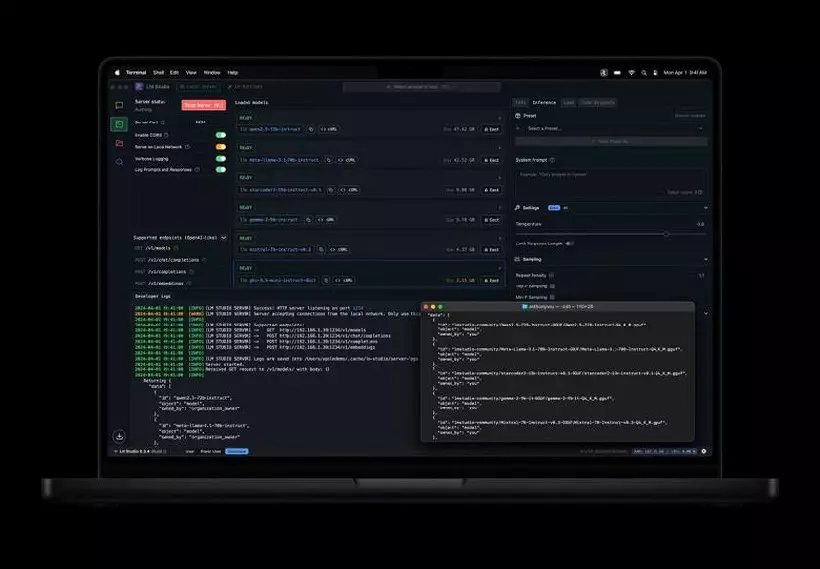The new Apple MacBook Pros are equipped with M4, M4 Pro and M4 Max processors
01.11.24
Apple introduced three new MacBook Pro models with processors M4, M4 Pro and M4 Max in black and gray colors. ![]() The new laptops are available with 14-inch and 16-inch Liquid Retina XDR displays, with brightness up to 1,000 nits for SDR and 1,600 nits for HDR, and there’s also a nano-textured option that reduces glare.
The new laptops are available with 14-inch and 16-inch Liquid Retina XDR displays, with brightness up to 1,000 nits for SDR and 1,600 nits for HDR, and there’s also a nano-textured option that reduces glare.

The 14-inch model on the M4 features a 10-core CPU and 10-core GPU, a minimum RAM configuration of 16GB expandable to 32GB, and a memory bandwidth of 120GB/s, with a price starting at $1,599. More productive versions with M4 Pro and M4 Max received up to 16-core processor and 40-core GPU.

The M4 Pro model is available with 14- and 16-inch screens and offers up to twice the performance of the base M4. The M4 Max version, which supports up to 128 GB of RAM and an improved Neural Engine, is aimed at developers and professionals who need to work with larger amounts of data, including language models.
All models support Thunderbolt 5 for high-speed data transfer and are equipped with a 12-megapixel Center Stage camera that provides excellent video quality. Apple claims that the new MacBook Pros can last up to 24 hours on a single charge, which is a record for the Mac line. Orders for the new MacBook Pro are now open, and their sales will begin on November 8, 2024.
Don't miss interesting news
Subscribe to our channels and read announcements of high-tech news, tes
Review of Samsung Galaxy A36 and Galaxy A56 smartphones: in a shadow of light

The Samsung Galaxy A36 and Galaxy A56 have equally good displays, large batteries, and support for software updates for 6 years. Let’s talk in more detail about what else makes them interesting.
The ESR MagMouse wireless mouse is equipped with the Apple MagMouse magnetic mount mouse
ESR has introduced a new compact computer mouse, MagMouse, aimed at users who often work on the go.
AMD Ryzen 8000HX processors for high-end gaming laptops have 16 cores and 32 threads with a frequency of up to 5.4 GHz AMD laptop videocard
AMD announces Ryzen 8000HX series of processors designed for high-end gaming laptops


